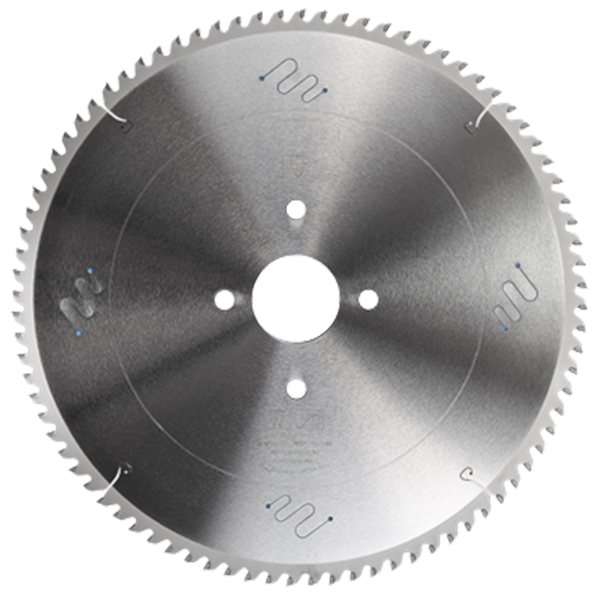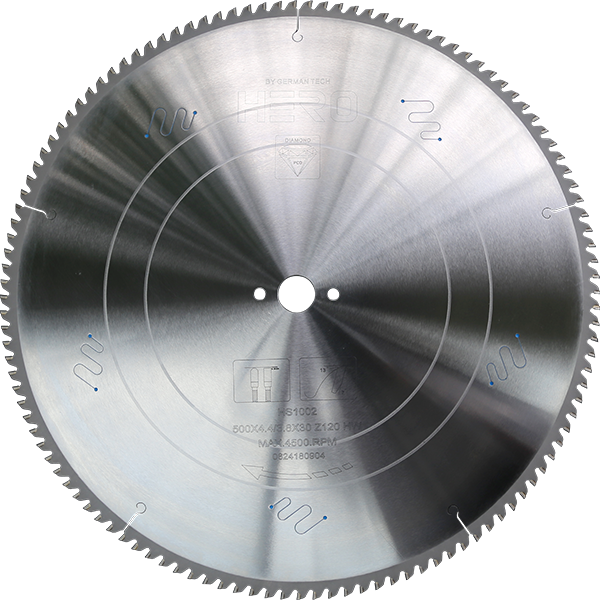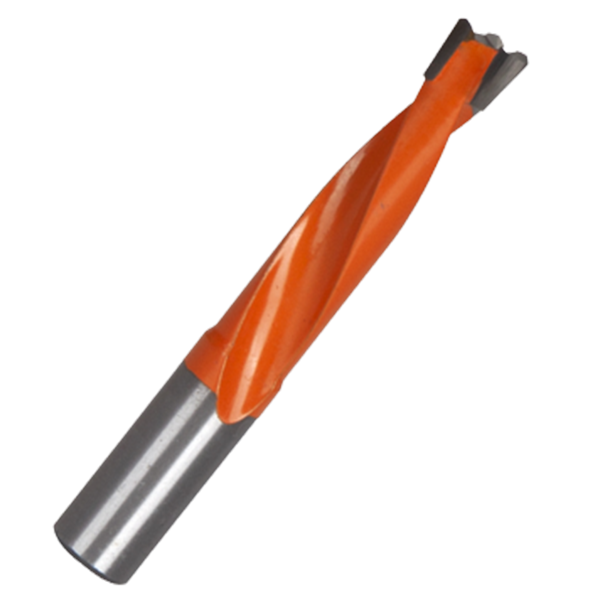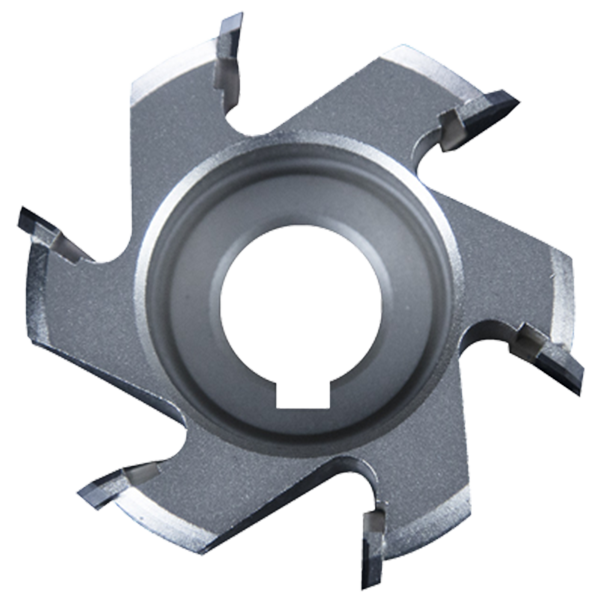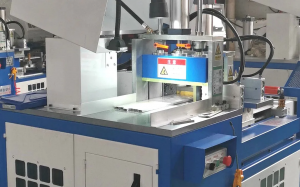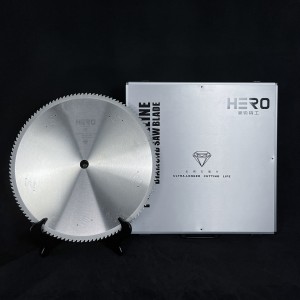What is the best tool for cutting aluminium?
Aluminum is among the most versatile and widely used metals worldwide in DIY workshops and metalworking facilities. Despite being easily machinable, aluminum does pose some challenges. Because aluminum is typically easy to work with, some beginners have trouble holding their cut lines. Aluminum is soft, has a low melting point, and can warp or bend if not cut properly. At best, that leaves the machinist with more work. In the worst case, it can ruin an otherwise good project. That’s why having the right blade, tools, and procedures is essential to make the perfect cut every time.Aluminum cuttin machines are essential tools in various industries, providing the capability to precisely cut aluminum materials for manufacturing and construction purposes. The operation of these machines requires skill and , especially when it comes to selecting and using the right saw blades.In this blog, , we will delve into the intricate details of operating an aluminum cutting machine, with a focus on the crucial role of saw blades.
Tools for Cutting Aluminium Sheets and Plates
Before delving into the specifics of operating an aluminum cutting machine, it’s essential to understand the machine’s components and functions. These machines are equipped with a sturdy frame, a powerful motor, a cutting head, and a clamping system to secure the aluminum material during the cutting process. The cutting head is the focal point of the machine, housing the saw blade that is responsible for making accurate cuts.
When it comes to aluminum cutting, the choice of machine will depend on the thickness of the material, the type of aluminum alloy, and the specific application. Here are some machines commonly used with carbide-tipped saw blades for cutting aluminum,Let’s take a look at some of the most effective options:
Miter Saws: Miter saws equipped with carbide-tipped blades are often used for cutting aluminum profiles, bars, and tubing. These saws provide accurate angle cuts and are suitable for smaller aluminum workpieces.
Chop Saws: Also known as a cut-off saw, a chop saw is a great option for cutting aluminum because it makes straight, precise cuts fast, especially when equipped with a blade designed for non-ferrous metals.
Circular Saws: Circular saws are easy to use and widely available. They work well for straight cuts on sheet metal, but they work best with special sheet metal cutting blades. Circular saws aren’t the best choice for thicker sections but are ideal for quick cuts and smaller areas. Circular saws and miter saws are excellent choices for precise cuts on aluminum, especially in preparation for more detailed work.
Table Saws: With a built-in edge guide, table saws can cut a straight edge on sheet metal, including aluminum. Follow the same advice for a circular saw blade and use a dedicated non-ferrous metal cutting saw blade.
Panel Saws: Panel saws with carbide-tipped blades can handle larger aluminum sheets, making them suitable for industrial applications and larger-scale cutting tasks.
Cold Saws: Cold saws are designed specifically for metal cutting, including aluminum. Carbide-tipped cold saw blades provide accurate and clean cuts in aluminum materials.
Selecting the Right Saw Blade
The selection of the saw blade is a critical aspect of operating an aluminum cutting machine. The type of saw blade chosen will significantly impact the quality and of the cuts. When it comes to cutting aluminum, carbide-tipped saw blades are the preferred choice due to their durability and ability to withstand the rigors of cutting metal. Additionally, the tooth configuration of the saw blade plays a crucial role in achieving clean and precise cuts. Different blade specifications cater to various aluminum cutting applications. Ensure the blade diameter, tooth count, and tooth geometry align with your specific needs.For aluminum cutting, a fine-toothed saw blade is recommended to minimize burrs and ensure smooth edges.
Understanding Carbide-Tipped Saw Blades
Carbide-tipped saw blades are the embodiment of cutting innovation, merging the strength of steel with the cutting power of tungsten carbide. These blades are meticulously crafted to excel in specific cutting applications, making them an optimal choice for slicing through aluminum like a hot knife through butter. Here’s why carbide-tipped blades are the go-to solution for aluminum cutting:
1. Unparalleled Hardness and Durability: The fusion of carbide with steel creates a blade that boasts exceptional hardness and durability. This dynamic duo withstands the abrasive properties of aluminum, maintaining sharpness through countless cuts and minimizing the need for frequent blade replacements.
2. Heat and Wear Resistance: Aluminum cutting generates heat that can take a toll on traditional blades. Carbide-tipped saw blades, however, are designed to endure elevated temperatures without compromising cutting efficiency. This resistance to heat ensures consistent performance and longevity.
3. in Every Stroke: Carbide teeth on these blades are engineered with utmost . The razor-sharp edges deliver clean and accurate cuts, leaving behind a polished finish that meets the highest standards. Whether you’re crafting intricate designs or constructing structural components, carbide-tipped blades ensure your aluminum projects exude .
4. Smooth Operator: The advanced tooth geometry of carbide-tipped blades minimizes chip load and friction during aluminum cutting. This design element contributes to smoother, more controlled cuts that reduce the risk of material distortion and surface imperfections.
5. Versatility Embraced: While carbide-tipped saw blades shine in aluminum cutting, their versatility extends to other materials as well. These blades can tackle a range of non-ferrous metals, plastics, and wood, making them an indispensable asset in workshops with diverse cutting needs.
6. Minimized Downtime: Carbide-tipped blades’ extended lifespan means reduced downtime spent changing blades, translating to enhanced productivity and cost savings over the long run.
Installing the Saw Blade
Once the appropriate saw blade has been selected, the next step is to install it onto the cutting head of the machine. Proper installation is vital to ensure the saw blade operates smoothly and efficiently. The blade should be securely fastened to the cutting head, and the alignment should be checked to guarantee that it runs true and straight during operation. Any misalignment or instability in the saw blade can lead to subpar cuts and potential safety hazards.
Safety First
Safety is paramount when operating an aluminum cutting machine.
once the appropriate saw blade has been selected, the next step is to install it onto the cutting head of the machine. Proper installation is vital to ensure the saw blade operates smoothly and efficiently. The blade should be securely fastened to the cutting head, and the alignment should be checked to guarantee that it runs true and straight during operation. Any misalignment or instability in the saw blade can lead to subpar cuts and potential safety hazards.
When dealing with saw blades. Operators should adhere to all safety protocols and wear appropriate personal protective equipment, including safety glasses, gloves, and hearing protection. Additionally, the work area should be clear of any obstructions, and the machine should be positioned on a stable surface to prevent any vibrations or movement during operation. Proper training and supervision are essential to ensure that operators are proficient in handling the machine and the saw blade with care and .
Post time: Sep-11-2024

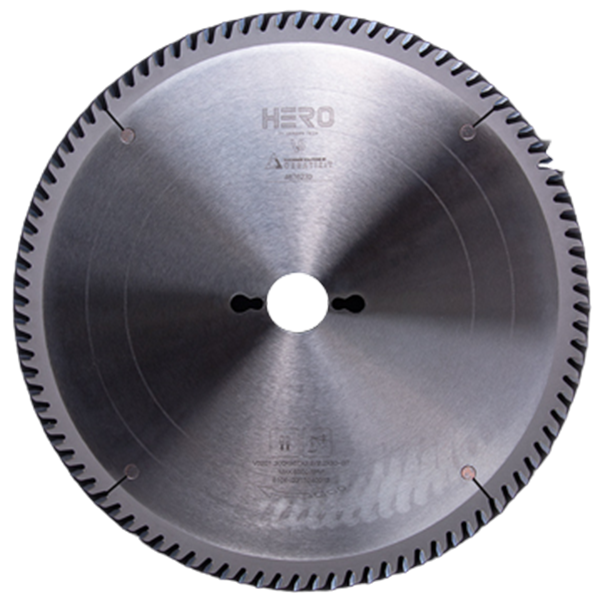 TCT Saw Blade
TCT Saw Blade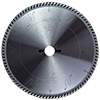 HERO Sizing Saw Blade
HERO Sizing Saw Blade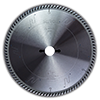 HERO Panel Sizing Saw
HERO Panel Sizing Saw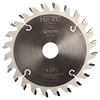 HERO Scoring Saw Blade
HERO Scoring Saw Blade HERO Solid Wood Saw Blade
HERO Solid Wood Saw Blade HERO Aluminum Saw
HERO Aluminum Saw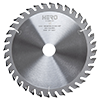 Grooving Saw
Grooving Saw Steel Profile Saw
Steel Profile Saw Edge Bander Saw
Edge Bander Saw Acrylic Saw
Acrylic Saw PCD Saw Blade
PCD Saw Blade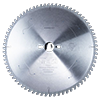 PCD Sizing Saw Blade
PCD Sizing Saw Blade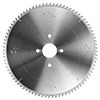 PCD Panel Sizing Saw
PCD Panel Sizing Saw PCD Scoring Saw Blade
PCD Scoring Saw Blade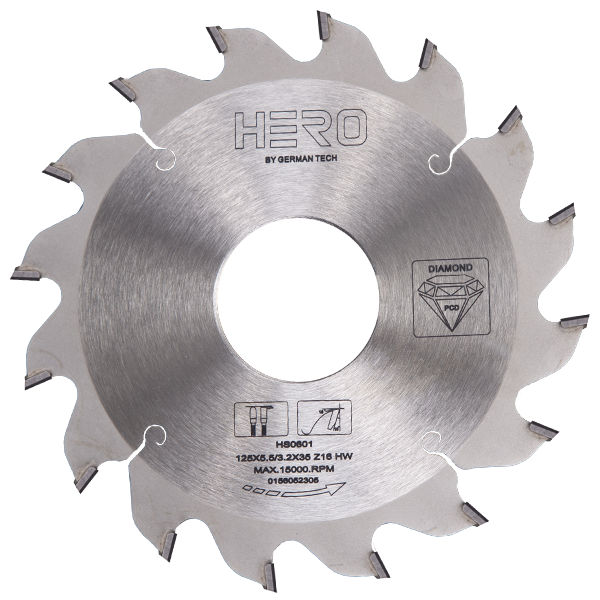 PCD Grooving Saw
PCD Grooving Saw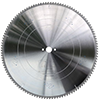 PCD Aluminum Saw
PCD Aluminum Saw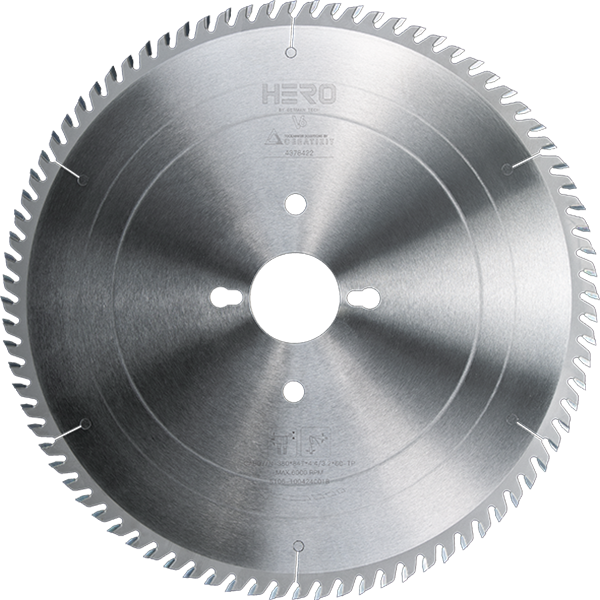 Cold Saw for Metal
Cold Saw for Metal Cold Saw Blade for Ferrous Metal
Cold Saw Blade for Ferrous Metal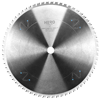 Dry Cut Saw Blade for Ferrous Metal
Dry Cut Saw Blade for Ferrous Metal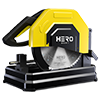 Cold Saw Machine
Cold Saw Machine Drill Bits
Drill Bits Dowel Drill Bits
Dowel Drill Bits Through Drill Bits
Through Drill Bits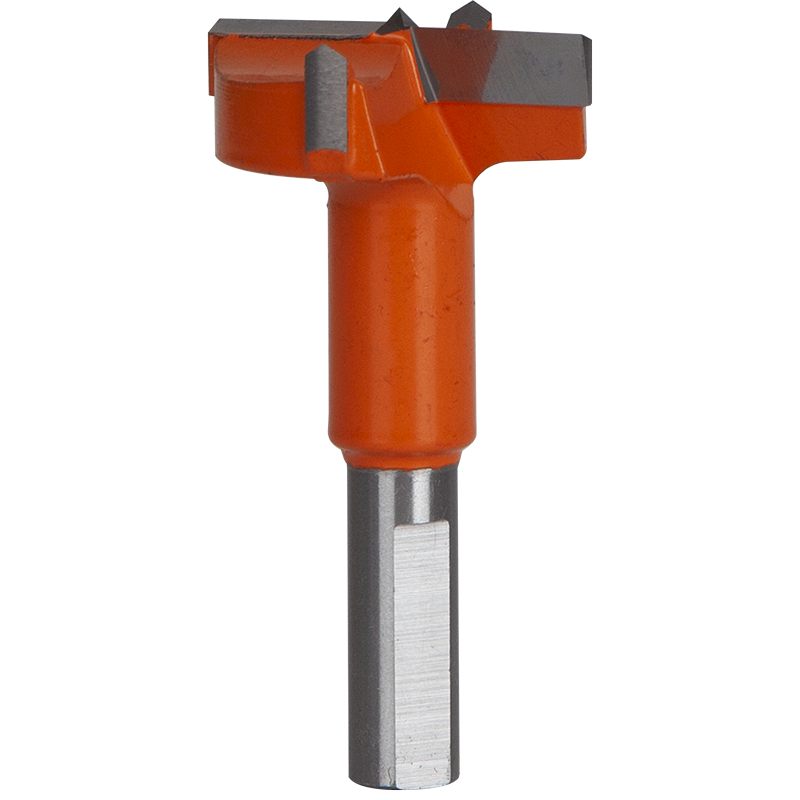 Hinge Drill Bits
Hinge Drill Bits TCT Step Drill Bits
TCT Step Drill Bits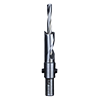 HSS Drill Bits/ Mortise Bits
HSS Drill Bits/ Mortise Bits Router Bits
Router Bits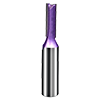 Straight Bits
Straight Bits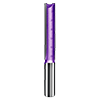 Longer Straight Bits
Longer Straight Bits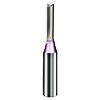 TCT Straight Bits
TCT Straight Bits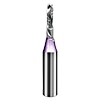 M16 Straight Bits
M16 Straight Bits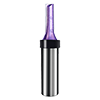 TCT X Straight Bits
TCT X Straight Bits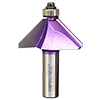 45 Degree Chamfer Bit
45 Degree Chamfer Bit Carving Bit
Carving Bit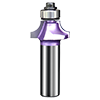 Corner Round Bit
Corner Round Bit PCD Router Bits
PCD Router Bits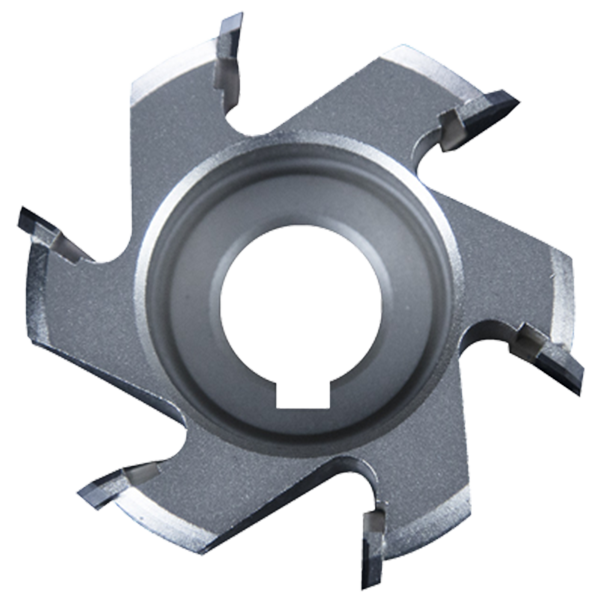 Edge Banding Tools
Edge Banding Tools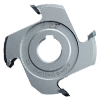 TCT Fine Trimming Cutter
TCT Fine Trimming Cutter TCT Pre Milling Cutter
TCT Pre Milling Cutter Edge Bander Saw
Edge Bander Saw PCD Fine Trimming Cutter
PCD Fine Trimming Cutter PCD Pre Milling Cutter
PCD Pre Milling Cutter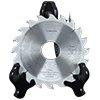 PCD Edge Bander Saw
PCD Edge Bander Saw Other Tools & Accessories
Other Tools & Accessories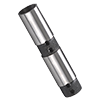 Drill Adapters
Drill Adapters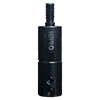 Drill Chucks
Drill Chucks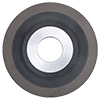 Diamond Sand Wheel
Diamond Sand Wheel Planer Knives
Planer Knives
